As I write this, 1,000 National Park Service (NPS) employees and 3,500 Forest Service (USFS) employees have just been fired. Add these firing to an already understaffed and budget constrained NPS1 and USFS2 and its particularly concerning for the future of our public lands, especially in the context of Project 20253. There’s no logic to the cuts; they’re clearly designed to create chaos. For example, recreation staff who maintain trails, bathrooms, and trash in the Red River Gorge have been fired. That means more volunteers will be needed to help with trail maintenance and trash clean up. Unfortunately, the volunteer coordinator position was also eliminated…
Our congress people need to hear from us. Here’s a template you can use, that contains citations (verifiable facts!!) on how much our public lands contribute to our local economies, with a relatively bare bones budget.
The firings have led to a massive pro-federal employee, pro-public lands movement, seemingly led by the social media account Alt National Park Service. Many folks are sharing their stories about our beloved parks and the dedicated folks who staff them. I owe much of my herbalism passion to the NPS, and the current events have made me nostalgic about the best job I’ve ever had. Here’s my story, which I hope I can add onto someday. I’ve always thought it would be neat to go back to rangering when I retire. Hopefully the parks will still exist.
My first real job after college was working as an Interpretive Ranger at Montezuma Well National Monument in Rimrock, AZ.
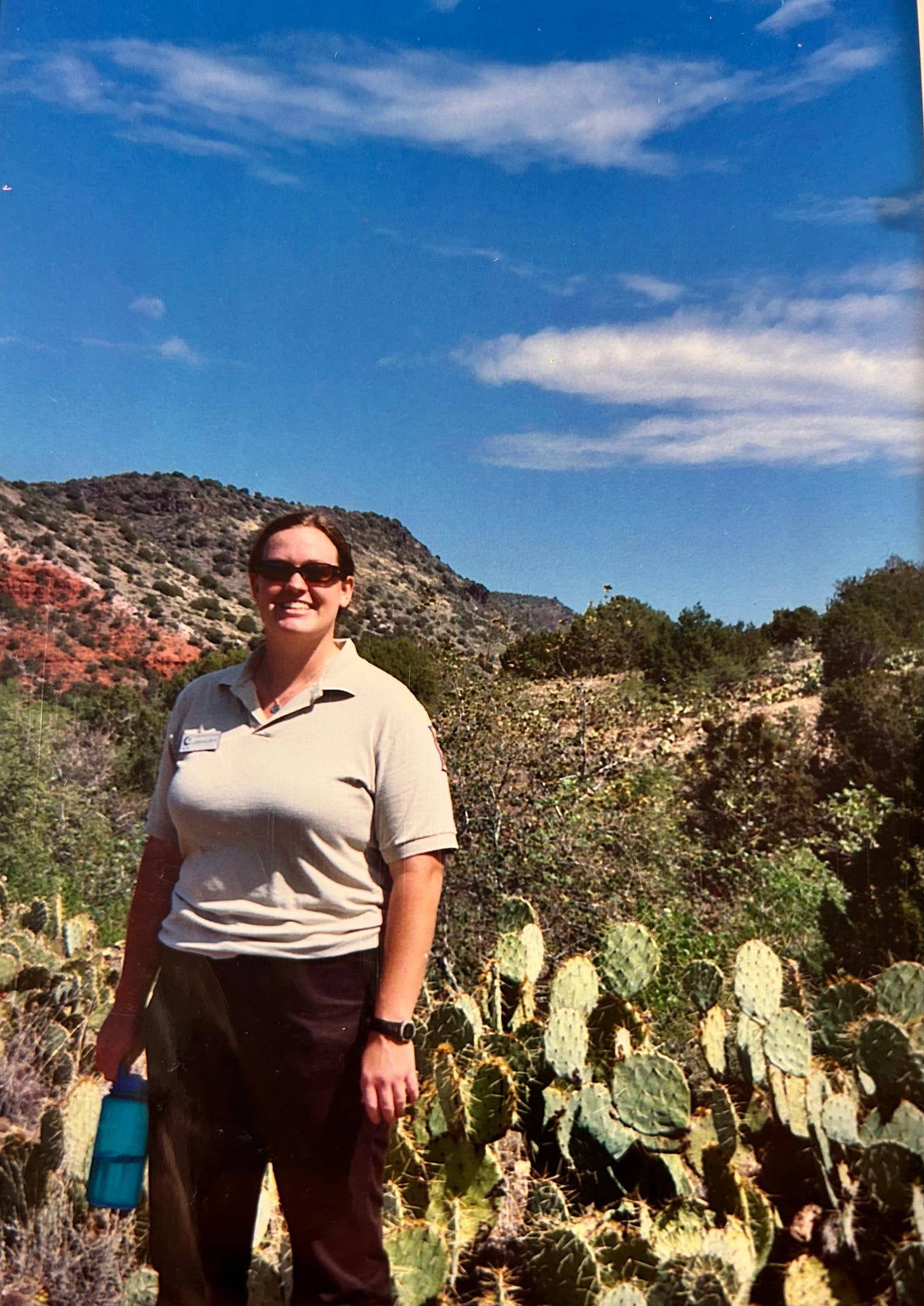
Interpretive rangers are the lifeblood to the visitor experience, tasked with “interpreting” the significance of the site in a way that will resonate with visitors. At Montezuma Well, I was the main interpretive ranger (at 21 years old, I was also the only age range, outside of retirees, that could afford to work in that position). My presence sometimes made the difference between people showing up for 5 minutes to look at the watering hole in the desert vs. spending several hours exploring the site and understanding the cultural significance and the unique plants and animals that lived there.
Enter medicinal plants. I was a Kentucky kid in the Sonoran desert. Curiosity motivated me to learn about all the weird plants! With the help of my coworkers and books (yes, the main place I worked didn't even have access to the internet at the time, that's how low the budget was!) I figured out most of the plants were used by the indigenous people that lived in the area for food and medicine. (As obvious as it may seem now, in 2003, ethnobotany and herbalism wasn’t trendy). Once educated, I spent the rest of the summer teaching the park visitors ethnobotany - my first foray into medicinal plants education.
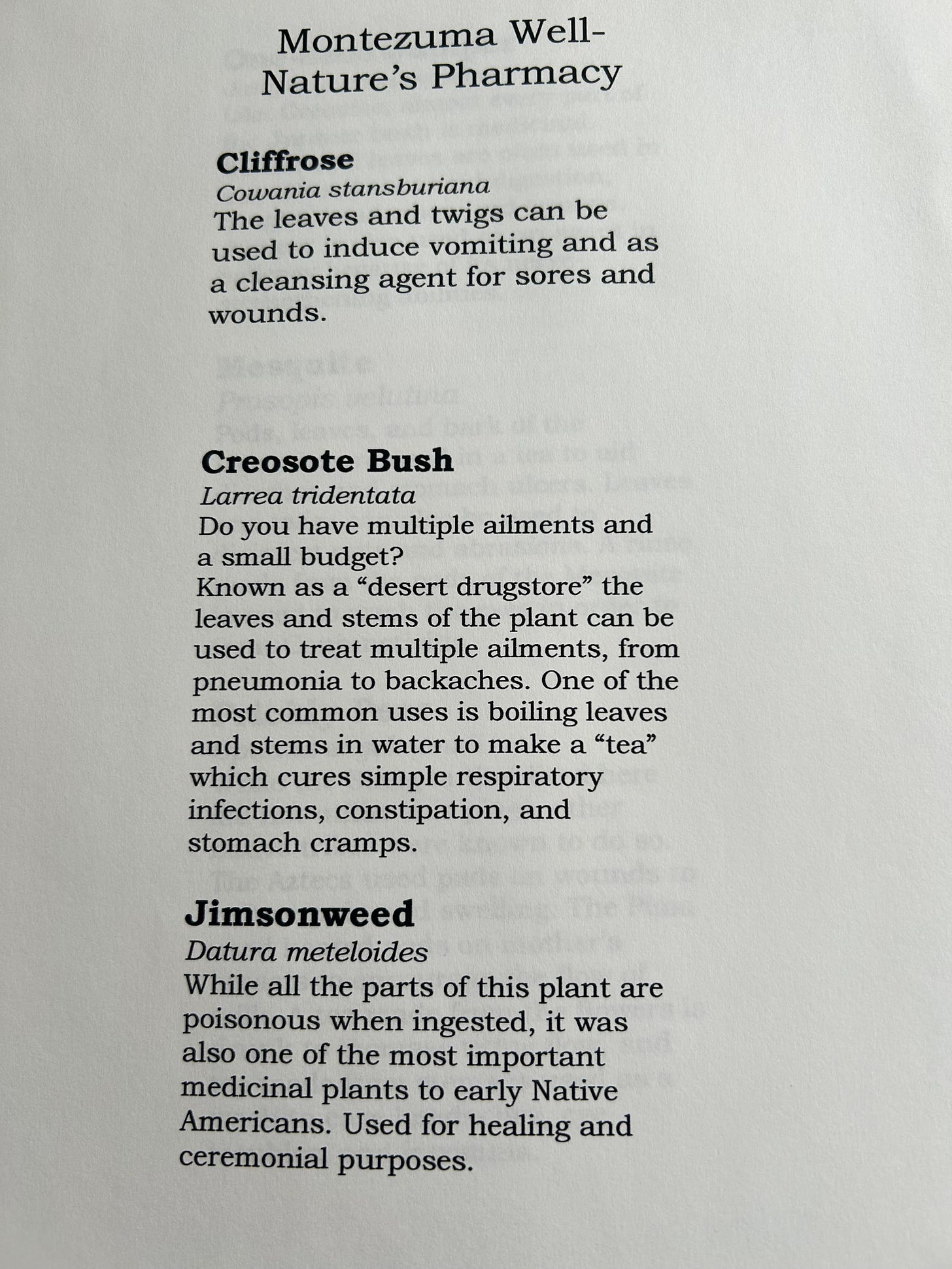
I spent the next summer in Boone, NC working at the Blue Ridge Parkway National Park. What a dream! I was responsible for the weekly “what’s blooming” report that was posted to the website. This helped visitors plan their hikes around the significant blooms in the area - from roadside flushes of Turk's cap lilies to the Catawba and Rosebay rhododendrons. I became obsessed with finding rare plants and was pleased to share my knowledge of them with visitors - a rare orchid in the parking lot; the location of endangered lilies above the Linn Cove viaduct. (My time on the Parkway was pre-Instagram, so there was no fear of too many people finding out about something special and ruining it). I also gave tours at the Moses Cone Manor house and interpreted the ecological and historical significance of the site.
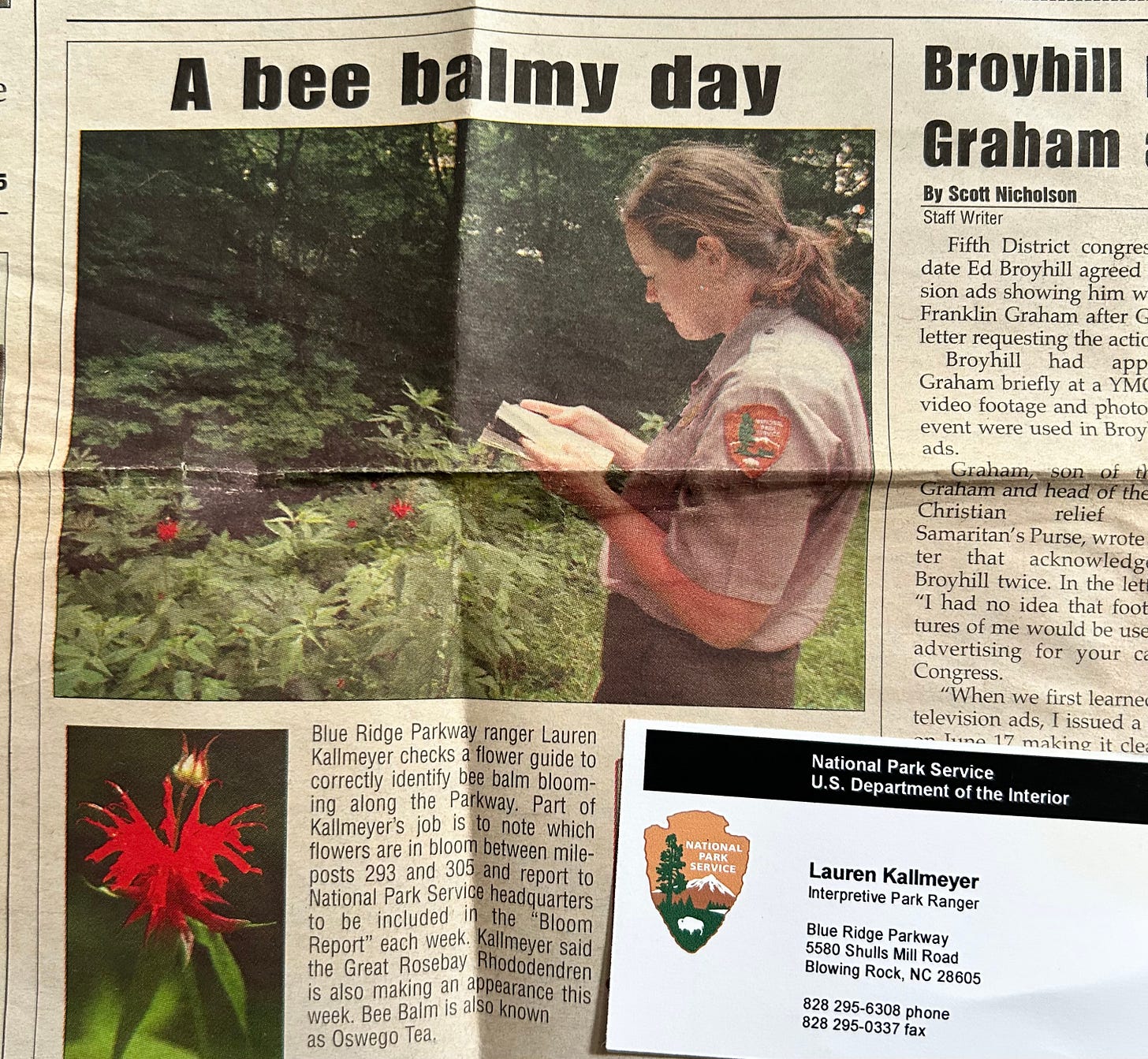
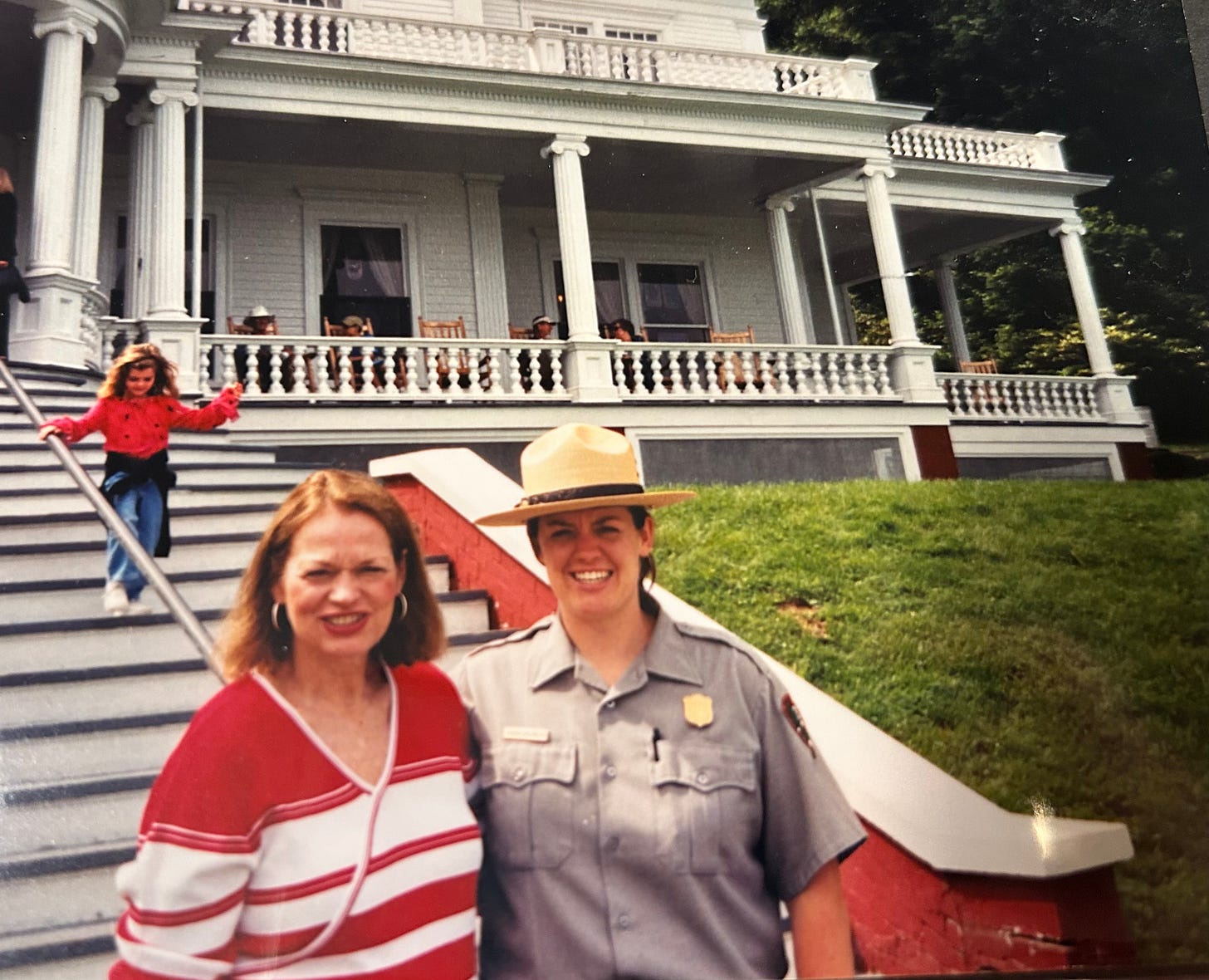
In both parks, my supervisors were supportive and my coworkers were knowledgeable and passionate. (Except for my roommate who ran the campground, but that’s a story for another day). The downside to both positions was the pay and benefits (or lack thereof) and the shared housing (see evil roommate reference above…Still the best job ever). At Montezuma Well, I was technically not a government employee - my position was a contract with the Student Conservation Association. I got free housing and a $400/month stipend. My government housing had a rattlesnake on the front porch, mice that watched TV with me on the sofa, and lizards that scurried across the walls. On my first day of work at the Blue Ridge Parkway, they welcomed me by taking me to the basement to rummage through the used ranger clothes until I found something that fit. Yep that's right, second hand uniforms. (I know, so much waste!)
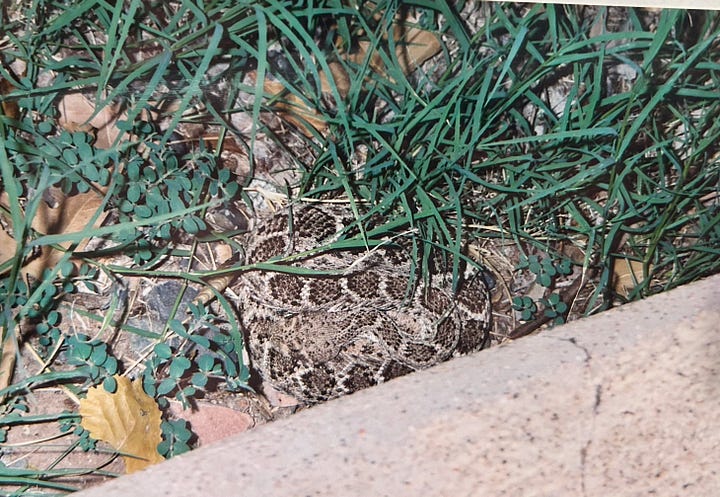
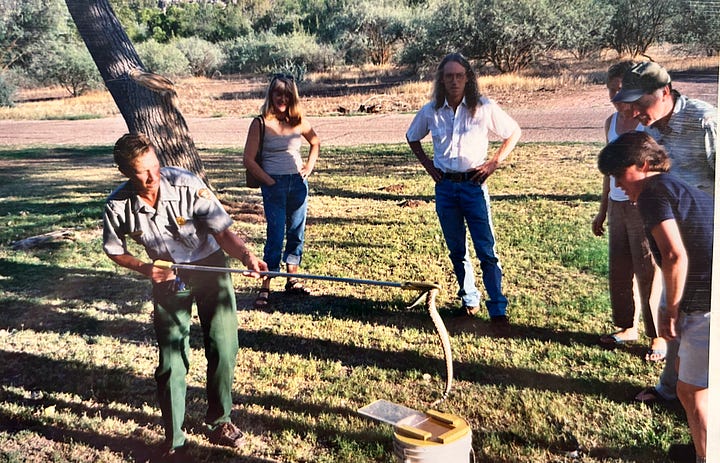
When a park visitor found a random African Grey Parrot flying around the campground, who did they bring it to after hours? Me, the park ranger who lived in the campground, never really off work. What do most park rangers do on their days off? Hike or recreate in the surrounding public lands, where there’s a good chance they’re still talking to visitors, noting locations of invasive plants, and monitoring rare, threatened, and endangered species. I don’t know how anyone can defend the firings of the people who are doing true heart work for our public lands and the people who visit them.
I cannot separate my concern and love for public lands from my herbal practice. Public lands ensure access to "the commons" - community access to mother nature. This sense of community and relationship with nature is something that we all have in our DNA. As Ed Abbey4 explains, nature "is a different world, older and greater and deeper by far than ours, a world which surrounds and sustains the little world of men." At the moment, our nation is entrenched in "the little world of men," which makes our relationship with nature all the more important and revolutionary. Take a hike, drink some herbal tea - the plants are here for us!
From 2010 to 2020, staff levels decreased 16% while visitation increased 17% https://crsreports.congress.gov/product/pdf/R/R42757/35
https://peer.org/commentary-project-2025-public-lands/
A quote from Desert Solitaire, the 1967 classic that holds up very well in some ways and terribly in other ways. (He was a bit of a misogynist.) Still very much worth reading to consider some of Abbey's other recommendations for how to stop government waste on public lands - stop road building! Seriously - Abbey gave us an ominous warning for our future (hopefully its not too late!): "the only foreseeable alternative, given the current trend of things, is the gradual destruction of the national park system."


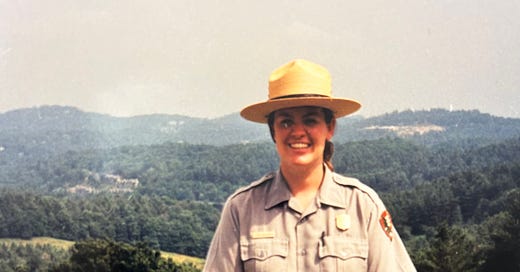


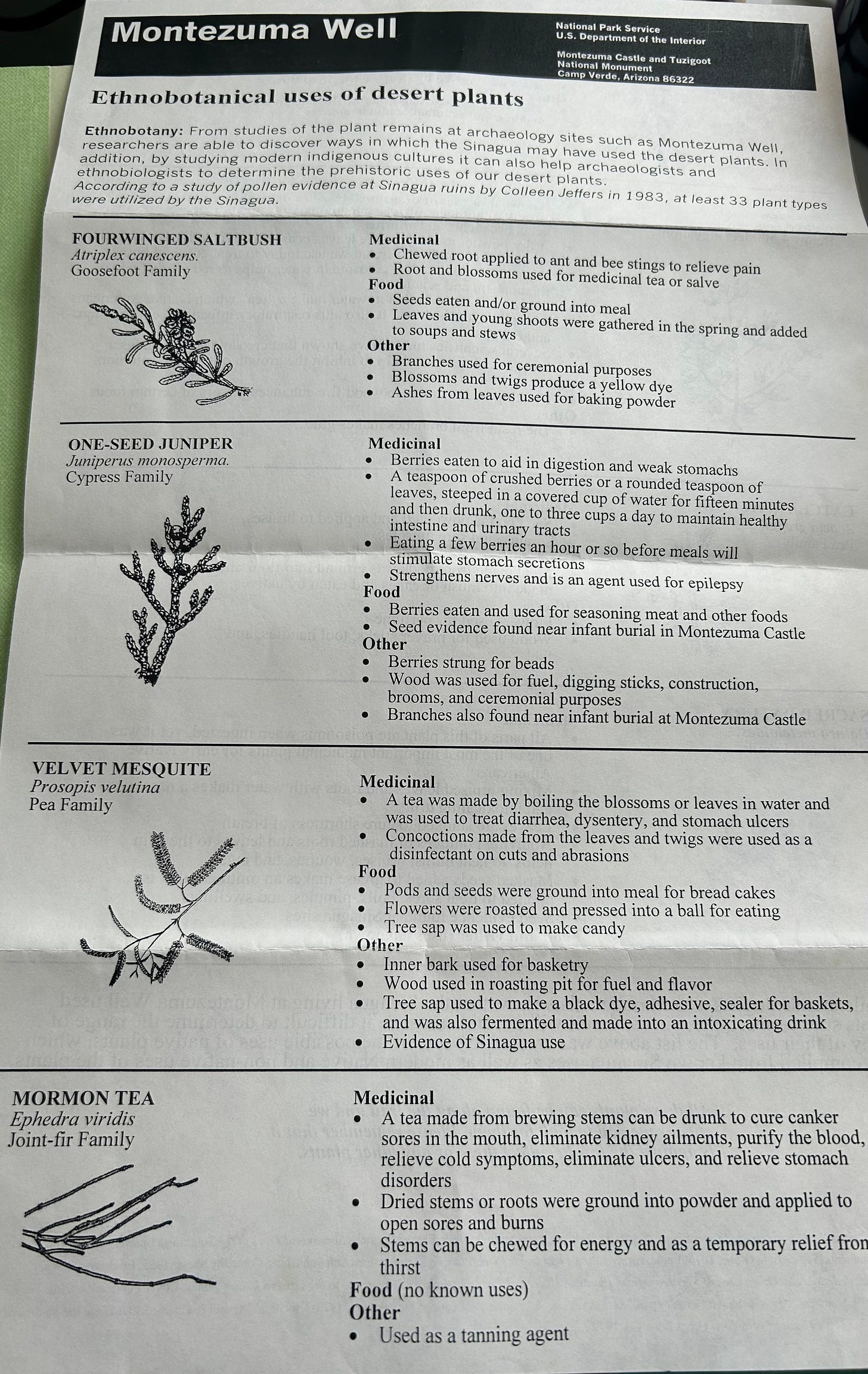

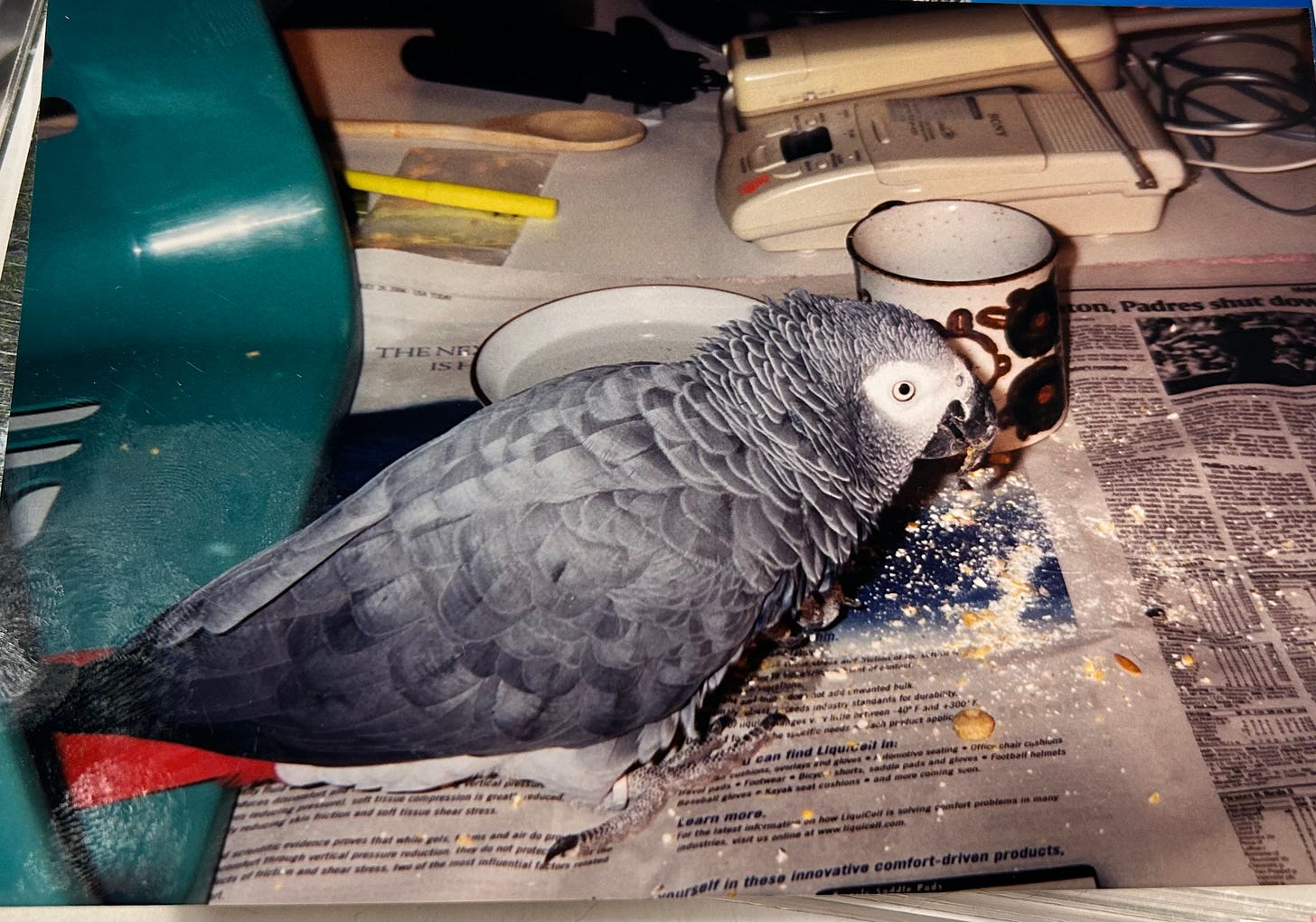
This is the exact playbook the Obama admin used to bring ConocoPhillips into our Alaskan lands. Thank you for sharing your story 🔱🔥 I love meeting other kith and kin in the fight ✨🖤
Lauren, I loved reading this! Thank you for your insight and for sharing your personal connection to these special spaces and the development of your life's work.